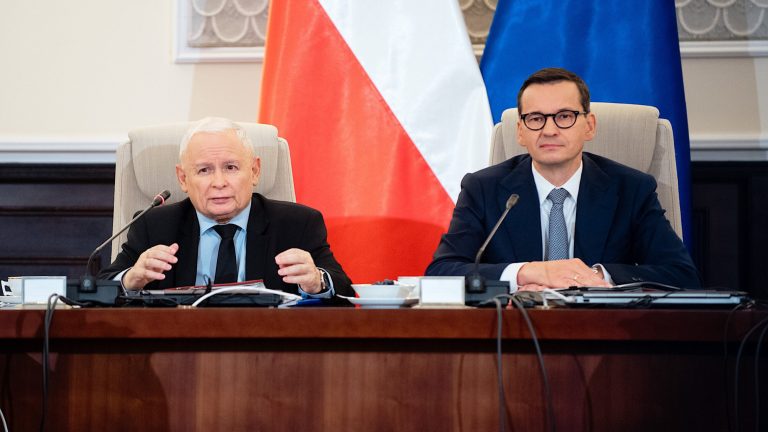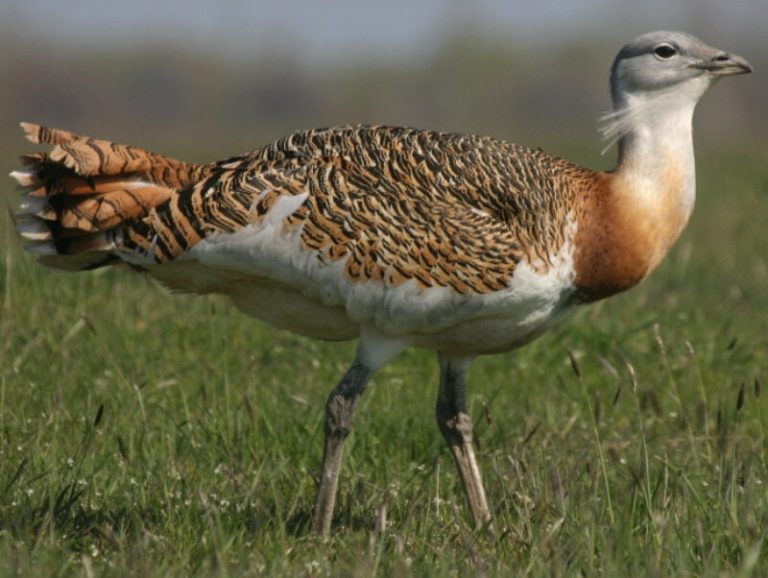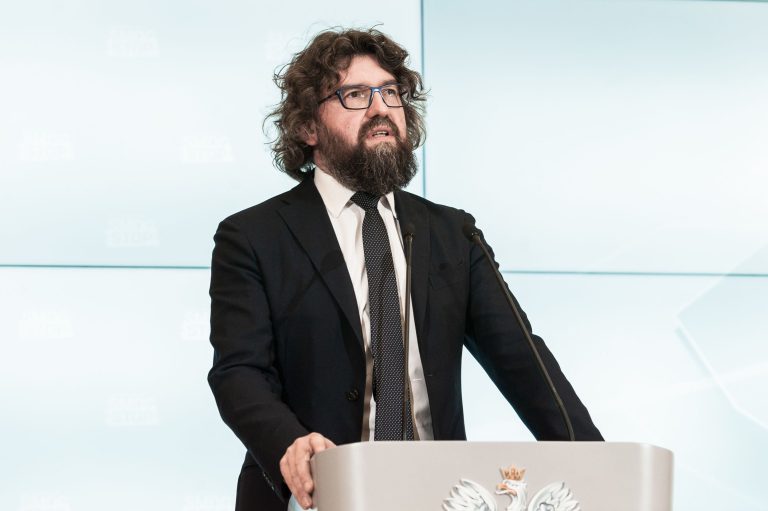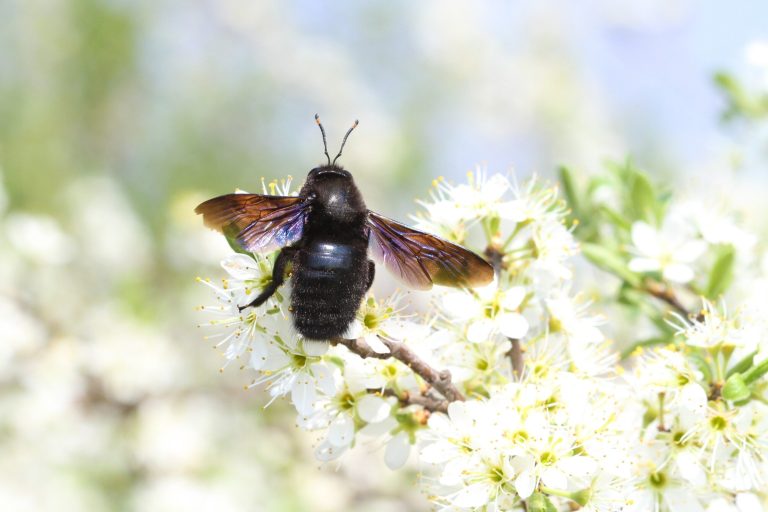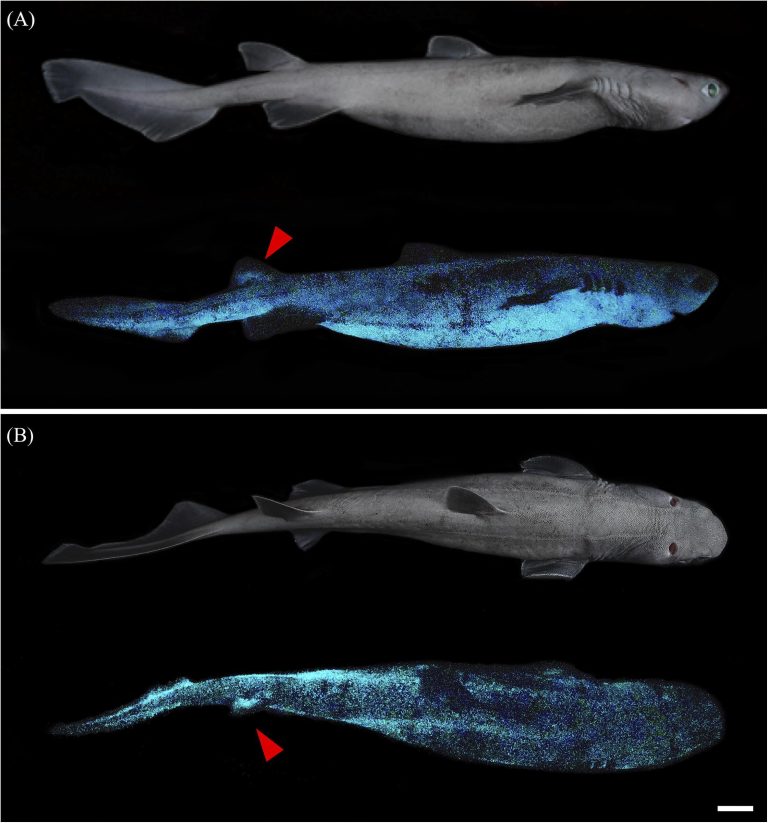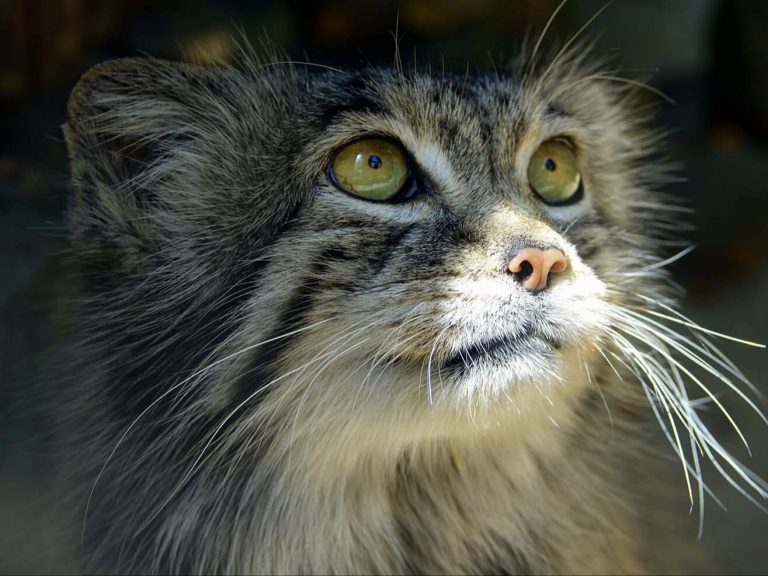Maciej Orłości took part in the search for the plastic island

Maciej Orłości, a well-known television journalist, and Dr. Katarzyna Michniewska, an environmental economist, took part in an expedition to find the famous plastic island drifting in the ocean.
Orłości and Michniewska run an educational program on YouTube called “You Garbage! Ecocyclically about the economy…”, which aims to raise ecological awareness, mainly in the field of limiting consumption, proper segregation of waste and recycling.
– Since the program often included the question whether plastic islands exist, we decided to tackle this topic – explains Dr. Katarzyna Michniewska. So the presenters went to Thailand to go from there to the Indian Ocean.
– A few days spent in the waters near Thailand showed us the extent of ocean and sea pollution. Waste flowed past us non-stop, carried by sea currents. They gather on wild beaches. Plastic is ubiquitous. I honestly didn’t expect the world to be so dirty. We are clearly heading in the wrong direction. These few days gave me strong motivation for further activities, says Dr. Katarzyna Michniewska.
And Maciej Orłości adds: – If we collected all the garbage that we saw in the water and on the islands during these few days of our stay, a large mountain of garbage would be created. Plastic bottles, cups, straws, plastic bags, containers, shoes, medicine packaging and, sadly, also medicine packaging, plastic chairs. On just one small, incredibly charming and deserted island, where we were there for no longer than 20 minutes, we collected a large mountain of garbage. We pulled them out of the water, found them on the beach, in bushes or in trees – the journalist enumerates. And it reminds us that plastic waste is not only a problem of littered oceans and seas.
– They also harm marine animals, which become entangled in larger waste and very often die. They confuse smaller pieces of garbage with food and eat them. Thus, people consume plastic found in the food chain of such animals, and it is still not fully known how it affects human health, says Orłości.
The exact results of the search for plastic islands will soon be seen in the next episode of the series “You Garbage! Ecocyclically about the economy…”
Plastic Super Islands
The most famous of the “plastic islands” is the Great Pacific Garbage Patch, which drifts in the Pacific Ocean between California and Hawaii. This is not the only such phenomenon in the world. Similar accumulations of waste are found in all oceans. A “plastic island” has recently been identified in the Mediterranean Sea. The occurrence of garbage clusters in specific parts of the globe is, of course, caused by periodic sea/ocean currents.
Plastic waste is increasingly polluting our seas and oceans. Causing financial losses in sectors and communities dependent on the resources of these water reservoirs, but also, importantly, among producers. According to some estimates, if we do nothing, by 2050 there will be more plastic than fish in the oceans. However, most of us claim that we are not to blame for this state of affairs. It is difficult to estimate how many tons of various types of plastic are currently in the oceans, seas and rivers. However, global estimates indicate that up to 8 million tonnes of new plastic waste ends up in our oceans, seas and our rivers every year. Some of them settle on the coasts, the rest move with the waters into the depths of the oceans. Garbage drifting on the surface of a water reservoir creates huge plastic stains.

